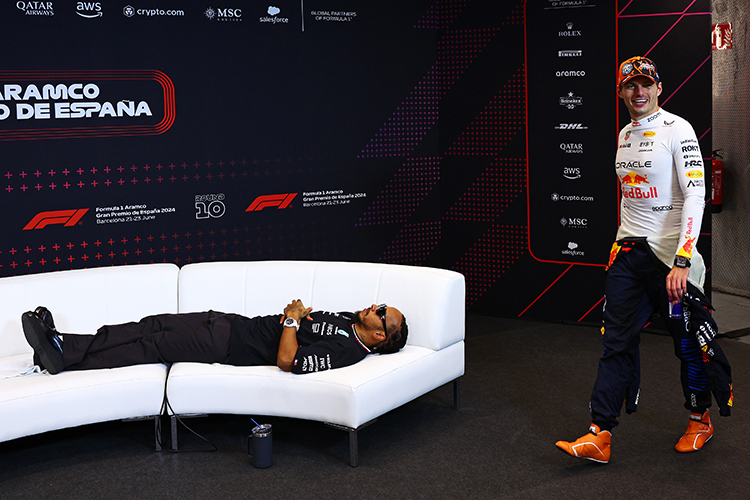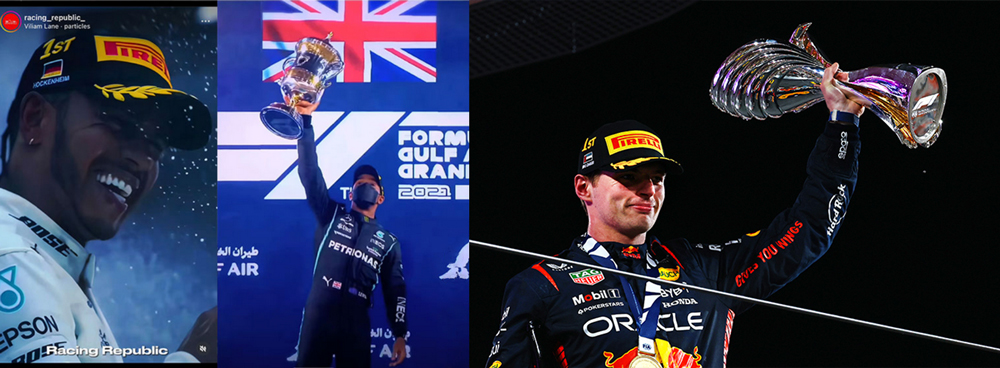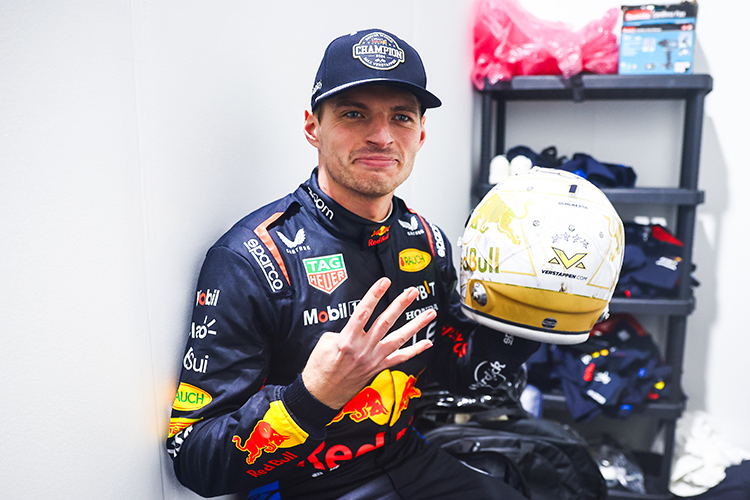Aerodynamic Evolution: A deep dive into 2025 F1 sidepod designs and innovations
Formula 1’s 2025 season is officially underway
As teams push the limits of engineering in the final year under the current technical regulations, sidepod design in Formula 1 2025 has become one of the most closely watched areas of aerodynamic development. These critical aerodynamic structures play a decisive role in cooling management, airflow optimization, and overall car performance. While recent regulations have encouraged some convergence, the 2025 F1 grid presents a fascinating variety of sidepod design solutions, with each team pursuing a unique approach to gain a competitive edge in the championship fight.
Converging aerodynamic philosophy, divergent sidepod execution in Formula 1 2025
Over recent years, Formula 1 teams have broadly aligned around core aerodynamic principles. However, entering the 2025 F1 season, the key differences lie in sidepod size, placement, and cooling inlet configuration. While most teams have embraced downsloping bodywork in their 2025 F1 car designs, subtle distinctions in sidepod architecture and cooling inlets could prove decisive in determining the 2025 championship contenders.
Alpine’s 2025 sidepod design: sticking with the underbite concept
Alpine stands out on the 2025 Formula 1 grid by retaining the unconventional underbite sidepod design—a layout many teams abandoned in earlier seasons. Limited by a chassis carried over from 2024, Alpine has not radically redesigned their sidepods but continues to employ the P-shaped cooling inlet shared with rivals Ferrari and McLaren. This design continuity highlights Alpine’s strategy of refining their existing aerodynamic philosophy to maximize efficiency within current resource constraints.
McLaren’s P-shaped inlet refinement for 2025 F1 season
McLaren made a strategic shift for 2025, moving away from the hooped inlet toward the now-popular P-shaped sidepod inlet design. This change enables a more aggressive undercut, improving airflow management and aerodynamic efficiency. McLaren’s innovative addition of a depression around the inlet area allows for a smaller intake size without sacrificing cooling performance. As a team engineer explained:
“We wanted to refine every millimeter of space in the car.”
This meticulous attention to detail may prove a key differentiator in the highly competitive 2025 midfield battle.
Ferrari’s 2025 F1 sidepod design: tradition with a twist
Ferrari’s 2025 car evolves its P-shaped inlet concept first seen at Imola last year, with a significant innovation—pushing the inlet further back under a mid-wing element. This design subtly nods to McLaren’s configuration but blends improved aerodynamic efficiency with optimized cooling distribution. With reliability issues largely addressed, Ferrari’s refined sidepod layout could be a critical factor in their pursuit of consistent podium finishes and championship contention during the 2025 Formula 1 season.
Red Bull’s dual-inlet sidepod dominance in 2025 Formula 1
Reigning world champions Red Bull continue to set trends with their innovative dual-inlet sidepod layout. The design features a horizontal intake beneath the overbite combined with a vertical bypass inlet alongside the chassis, inspired by Ferrari’s 2023 sidepod designs. By eliminating auxiliary inlets near the halo, Red Bull streamlines airflow while maintaining optimal cooling, resulting in a finely tuned aerodynamic package. This evolution makes Red Bull clear favorites for another strong showing in the 2025 F1 season.
Mercedes’ conservative yet innovative 2025 sidepod approach
Mercedes adopts a cautious yet effective strategy by closely mirroring Red Bull’s successful two-inlet sidepod design. The W16 distinguishes itself with a wider vertical inlet to meet the increased cooling demands of its power unit. Interestingly, Mercedes has forgone supplementary halo-side intakes, sacrificing some cooling efficiency to potentially gain a cleaner aerodynamic profile. Whether this trade-off benefits Mercedes over the 2025 season remains a key storyline to watch.
Aston Martin’s bold sidepod redesign for 2025 F1 season
Aston Martin, formerly Racing Point, breaks away from the overbite trend with a sweeping sidepod redesign featuring a larger horizontal inlet supplemented by halo-side intakes. This configuration prioritizes cooling capacity over extreme aerodynamic minimalism, aiming to balance stability and airflow efficiency. Aston Martin’s bold sidepod solution positions them to continue climbing the competitive midfield pack in 2025.
Williams, Haas, and Sauber stick to tried-and-tested 2025 sidepod designs
Williams, Haas, and Sauber opted for evolutionary rather than revolutionary changes in 2025, maintaining conventional hooped inlet sidepod designs. Sauber introduces a mid-wing element to push its inlets slightly rearward for better airflow control, while Williams leans on Ferrari-inspired sidepod layouts and Haas finds a middle ground. These conservative approaches aim to keep these teams competitive without radical aerodynamic gambles.
Conclusion: The diversity of sidepod design philosophies shaping the 2025 F1 season
The 2025 Formula 1 season highlights the importance of sidepod aerodynamic innovation as:
- Alpine remains committed to its unconventional underbite design,
- McLaren and Ferrari push forward with refined P-shaped sidepod inlets,
- Red Bull leads with their revolutionary dual-inlet layout,
- Mercedes balances innovation and caution in their sidepod approach,
- Aston Martin embraces a bold redesign focused on cooling and stability.
As teams battle for performance gains, these aerodynamic choices will be critical in the quest for the 2025 Formula 1 World Championship. In a sport where every millimeter of airflow matters, the season promises thrilling developments in F1 sidepod design and engineering. Let the competition begin.
Up Next



